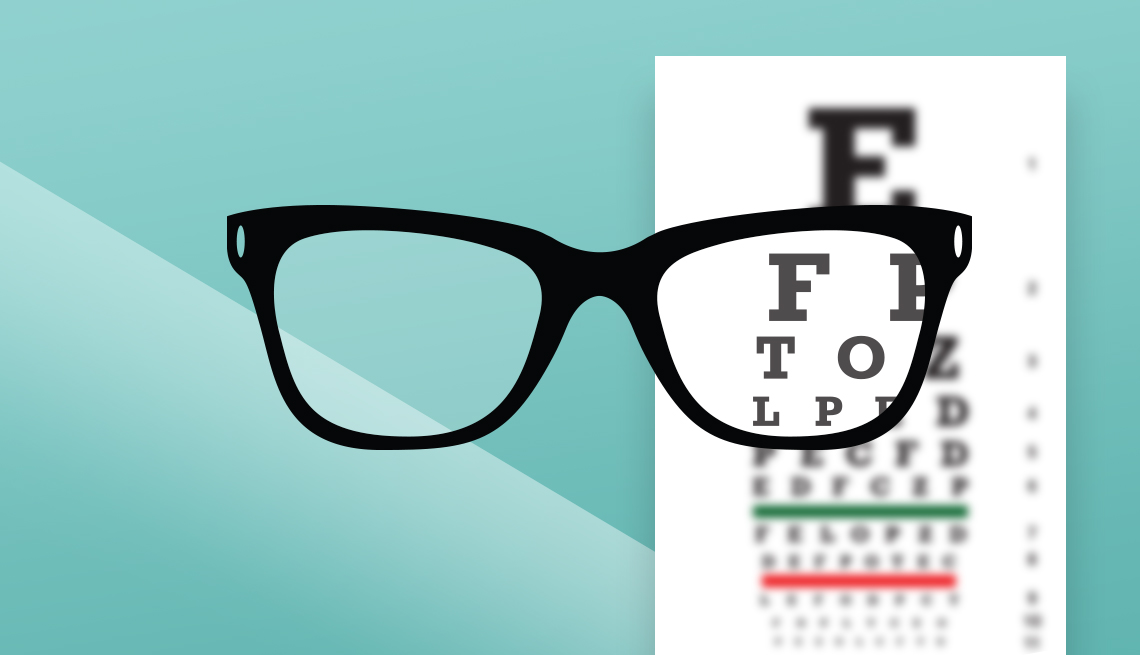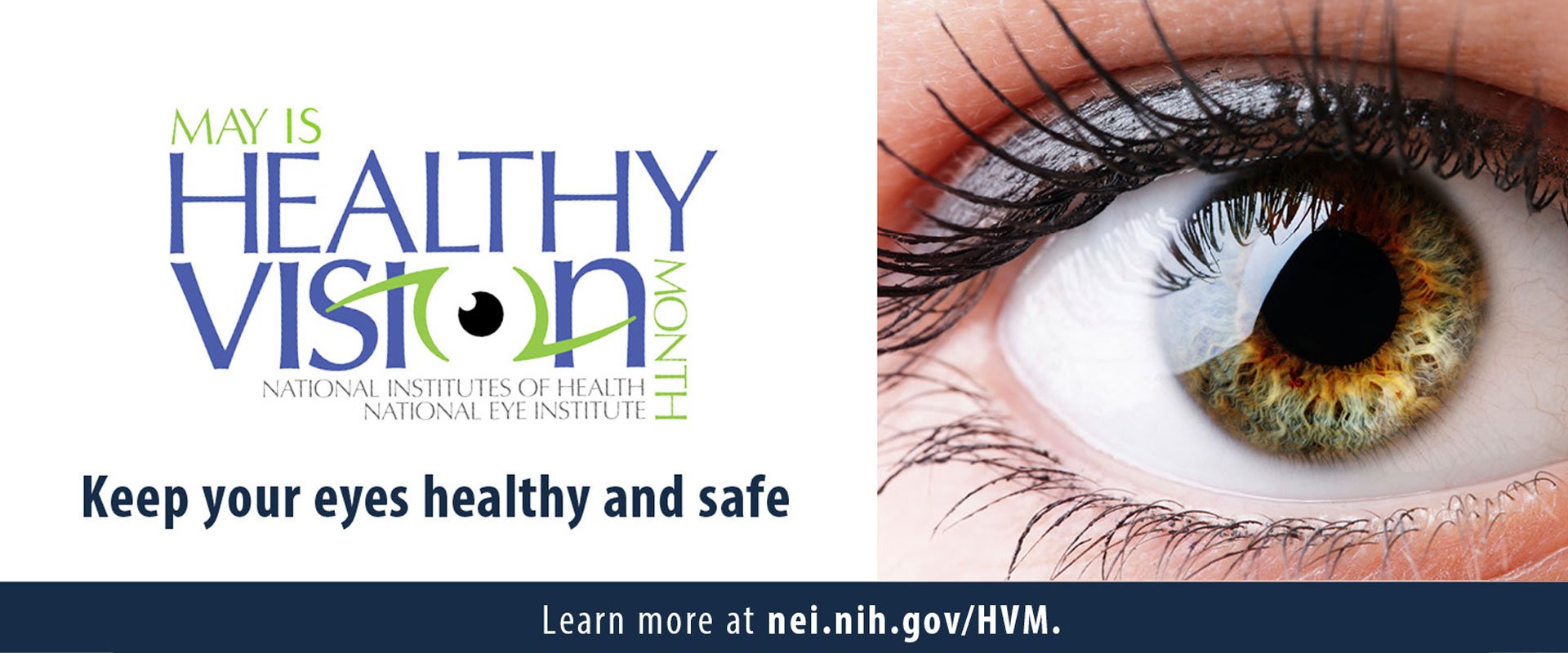Vision Gesundheit: Understanding Eye Health and Wellness
The Importance of Eye Health
Over time, our vision can deteriorate due to various factors, including age, environmental influences, and lifestyle choices. Maintaining excellent eye health is critical not only for clarity of vision but also for overall well-being. Regions such as the retina require specific nutrients to function correctly, and neglecting eye care can lead to significant problems. Moreover, regular eye exams play a crucial role in early detection of diseases, ensuring that interventions can occur timely.
Protective Measures for Eye Care
To begin with, protecting your eyes from harmful ultraviolet (UV) rays is essential. **Wearing sunglasses** with UV protection can help shield your eyes from damage caused by sunlight exposure. Additionally, it’s vital to manage screen time effectively, as prolonged exposure to digital screens can lead to digital eye strain. Consider following the 20-20-20 rule, which states that every 20 minutes, you should look at something 20 feet away for at least 20 seconds. This practice significantly reduces fatigue and discomfort. Regularly replenishing your eyes with artificial tears can also help ease dryness.

Nutrition and Eye Health
Just as the body needs a balanced diet to function correctly, your eyes also require specific nutrients for optimal health. Vitamin A is crucial for maintaining good vision and promoting proper functioning of the retina. Additionally, antioxidants such as vitamin C and E help protect against cataract development. **Omega-3 fatty acids**, found in fish, can assist in maintaining eye moisture. Foods rich in lutein and zeaxanthin such as leafy greens and eggs are essential, as they contribute to lowering the risk of age-related macular degeneration.
Common Eye Conditions
Understanding common eye conditions can help you take appropriate measures if you or someone you know is affected. Conditions like **cataracts**, glaucoma, and macular degeneration are prevalent, especially among older adults. Being aware of the symptoms helps in seeking treatment sooner, thereby potentially avoiding long-term damage to vision.
Cataracts: Symptoms and Treatment
Cataracts cause the lens of the eye to become cloudy, leading to blurred vision and difficulty with night vision. The leading cause of cataracts is aging, but other contributing factors include prolonged steroid use and exposure to UV radiation. Treatment typically involves surgery to remove the cloudy lens and replace it with a clear artificial one. If you notice that colors are dulling or that nighttime driving has become challenging, it may be time for an eye exam.
Glaucoma: The Silent Thief of Sight
Glaucoma is known as the silent thief of sight because it can progress without noticeable symptoms. It’s often detected through routine eye examinations. High intraocular pressure is a significant risk factor, making regular check-ups crucial for those with a family history of this condition. Medications or surgical options can help manage glaucoma effectively when identified early. Individuals must be proactive about eye screenings to protect their sight.
Healthy Habits for Eye Wellness
Incorporating healthy habits into your daily routine can have a profound impact on your eye health. Regular exercise, proper hydration, and a diet rich in nutrients essential for eye health can lead to better outcomes. For example, physical activity promotes better circulation, aiding the delivery of oxygen and essential nutrients to the eyes. Staying hydrated helps maintain lubrication in the eyes, while such changes can also reduce the risk of developing serious eye conditions. Simple changes can lead to lasting benefits.
Practical Example: Developing an Eye Care Routine
Creating an eye care routine involves mindful practices. Start by scheduling regular eye exams, ideally once a year, to keep track of your eye health. Follow the 20-20-20 rule mentioned earlier, and always wear sunglasses outdoors. Furthermore, including nutrient-rich foods in your meals can more effectively contribute to maintaining your vision health. You might consider starting with a colorful salad of spinach and kale, topped with avocado and salmon for a rich source of omega-3 fatty acids. Remember, consistent habits are key to preserving your eye health.

Tech Innovations for Eye Care
Technology continuously reshapes our approach to health. Recent advancements in eye care have heightened treatment efficacy and preventive measures. Devices like virtual reality headsets also pose new concerns, particularly related to digital eye strain. However, they also offer innovative ways to assess and enhance eye health with vision therapy programs centered around eye exercises. Learning about these advancements can empower individuals to take proactive steps in their vision health management.
Wearables and Screen Time Management
Wearable technology, such as smart glasses, can aid individuals with specific eye conditions by facilitating real-time data regarding light exposure and assessing screen time effectively. With many tools available today to manage screen exposure and practical alerts for breaks, users can proactively lessen the adverse effects of prolonged viewing. By prioritizing tailored solutions, you can address personal eye health challenges more successfully.
The Future of Eye Care Technology
As the field of eye care evolves, researchers, and developers are uncovering new ideas that look promising in ocular health management. Innovations such as 3D printed contact lenses and AI-powered diagnostic tools reflect an exciting future where precision in treatments will be accompanied by better overall trends in eye care standards. As emerging technologies become more accessible, people will find it increasingly easier to maintain their sight as part of a healthier lifestyle.
Key Takeaways
- Regular eye examinations are crucial for early detection of eye conditions.
- A balanced diet rich in vitamins and nutrients is essential for maintaining eye health.
- Practices like the 20-20-20 rule can significantly reduce digital eye strain.
- Current tech advancements present new tools for monitoring and improving eye health.
- Healthy lifestyle habits positively contribute to long-term vision wellness.
FAQ
1. How often should I have my eyes examined?
Most adults should get a comprehensive eye examination at least every two years. However, if you have existing eye conditions, family history, or other risk factors, annual exams may be necessary to ensure optimal eye health. Early detection of issues is key to successful treatment.
2. What are some common signs that I should see an eye doctor?
Signs such as blurred vision, difficulty seeing at night, sudden flashes of light, or excessive tearing may indicate that it’s time to consult with an eye care professional. Additionally, frequent headaches following considerable screen time should not be ignored.
3. Can lifestyle choices influence eye health?
Absolutely! Lifestyle choices like smoking, diet, and physical activity levels significantly impact overall health, including eye health. A nutritious diet coupled with healthy habits can reduce the risk of developing various ocular diseases.
4. Are eye supplements necessary for everyone?
While a balanced diet often suffices, certain individuals may benefit from eye supplements, especially those without access to diverse food sources or those with specific deficiencies. Always consult with your healthcare provider before starting any supplement regimen.
5. What is digital eye strain, and how can I alleviate it?
Digital eye strain, or computer vision syndrome, results from prolonged screen use. Symptoms include discomfort, dry eyes, and difficulty focusing. To alleviate strain, take regular breaks, ensure proper lighting, and consider using artificial tears to keep your eyes moist.
